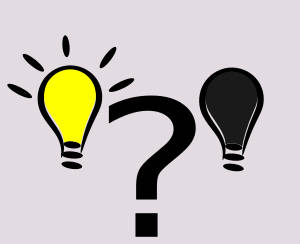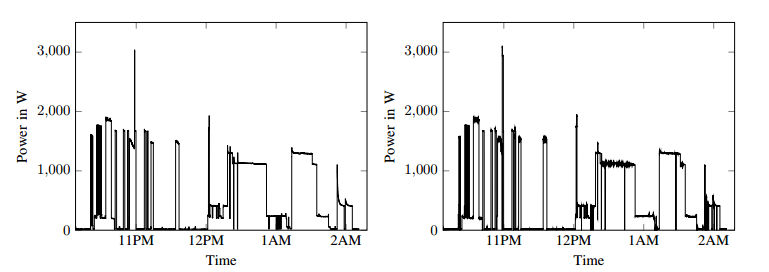| An Algorithm That Knows When You Switch Something On |
| Written by Mike James | |||
| Wednesday, 11 February 2015 | |||
|
Smart meters simply record the total amount of electricity you are using, but with the right data processing you can pull out the signal of what is being switched on and when. Smart meters are rapidly replacing the old fashioned electricity meters. The huge advantage is that they no longer need human meter readers to visit to collect the data. Being connected by a range of different methods, ranging from radio mesh networks to powerline signalling, means that these meters can also gather data on real time electricity consumption. They also have two-way communication which could be used to implement a smart grid to modify the cost of power according to the load.
You might think that a meter that only measures total power consumption couldn't provide detailed information on the performance of individual devices - but you would be wrong. A team from Alpen-Adria-Universität Klagenfurt in Germany has developed an algorithm that can separate out the different usage patterns of individual items from just the total power used as a function of time. If you think about it for a moment, this isn't so surprising. Each device in a house has a fairly fixed power consumption. At any given moment there are a set of devices switched on and these give the total power draw. You can think of this as a Hidden Markov Model with the appliances that are on as the state variable. As the user switches devices on and off the model moves from one state to another and the power consumption is the observable. You can then make use of standard techniques to estimate the model's structure from the data, and hence discover what appliances are being used and their power consumption. Things are a little more complicated than this simple description suggests as devices might have multiple power demand levels and might even have a variable power draw. To cater for this the researchers have employed an AI technique - the particle filter. The particle filter is usually found in techniques like SLAM (Simultaneous Location And Mapping) where a robot attempts not only to find out where it is, but also to construct a map of its environment at the same time. You could say that each "particle" in a particle filter is a separate assumption about the robot's location and hence the model of the surroundings. As more data is gathered particles become increasingly less or more likely, until one of them has enough credibility to be taken seriously as the solution. In the same way, you could say that when you use a particle filter on the load problem each particle represents an assumption about what devices are in a particular state. As the data comes in some particles are increasingly likely and others become less so. The more particles used the more the computational difficulty, but the better the accuracy.
On the left the power load of six appliances and on the right the estimated load generated by the HMM. In practice the analysis was over 90% accurate and worked in real time, allowing instant feedback on what appliances were on or off in the house. Some users are resisting the installation of smart meters for silly reasons like the heath implications of RF emissions. Presumably we can add to this privacy issues in the future. This is just a small slice of what the Internet of Things might make public once sophisticated data analysis like particle filters is applied to the vast flows of data that everyone is predicting. More InformationPALDi: Online load disaggregation via particle filtering. IEEE Transactions on Instrumentation and Measurement, pages 467 - 477, 64(2). Related ArticlesWhy You Shouldn't Collect Data - What The Government Could Do With Location Data The First Sophisticated Domestic Robot - The Dyson 360 Eye Robot Navigation Made Easy With QR Codes
To be informed about new articles on I Programmer, install the I Programmer Toolbar, subscribe to the RSS feed, follow us on, Twitter, Facebook, Google+ or Linkedin, or sign up for our weekly newsletter.
Comments
or email your comment to: comments@i-programmer.info
|
|||
| Last Updated ( Wednesday, 11 February 2015 ) |



